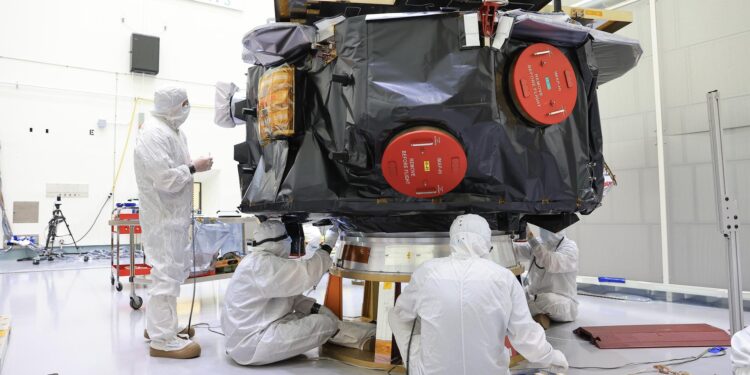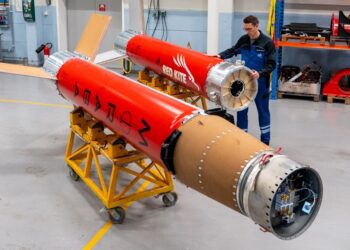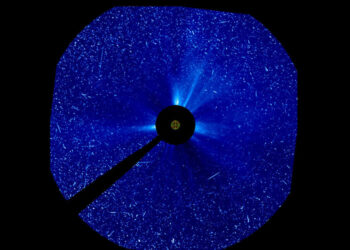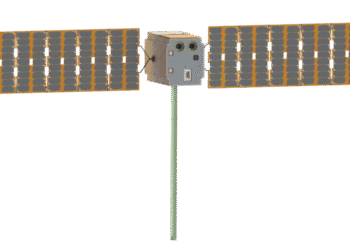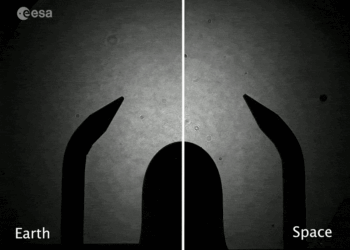NASA is preparing the Interstellar Mapping and Acceleration Probe (IMAP) spacecraft for its upcoming mission to map the heliosphere. The heliosphere is a vast region around the Sun dominated by the solar wind, a stream of charged particles emitted from the Sun’s outer layers. Understanding the heliosphere is crucial because it acts as a protective bubble that shields the Solar System from cosmic radiation.
IMAP’s mission is to study the boundary of the heliosphere, known as the heliopause, and how it interacts with interstellar space. The spacecraft will help researchers unlock mysteries about the interaction between solar and interstellar winds, shedding light on the origins of cosmic rays.
Currently, the spacecraft is being readied for fueling, marking an essential milestone in its preparation. This phase involves careful handling and monitoring to ensure the mission’s success. Once fueled, IMAP will be positioned in a stable orbit to optimize its observations.
Significance of the Mission
This mission is significant because it extends our understanding of the solar wind and its interaction with the interstellar environment. By analyzing data from the boundary region of the heliosphere, scientists hope to gain insights into processes that occur at the edges of other star systems as well.
The scientific outcomes of the IMAP mission can have broader implications, potentially enhancing our knowledge of space weather, which affects satellite operations and astronaut safety on long-duration missions.
For more information on this mission and its progress, you can visit the official NASA blog.


